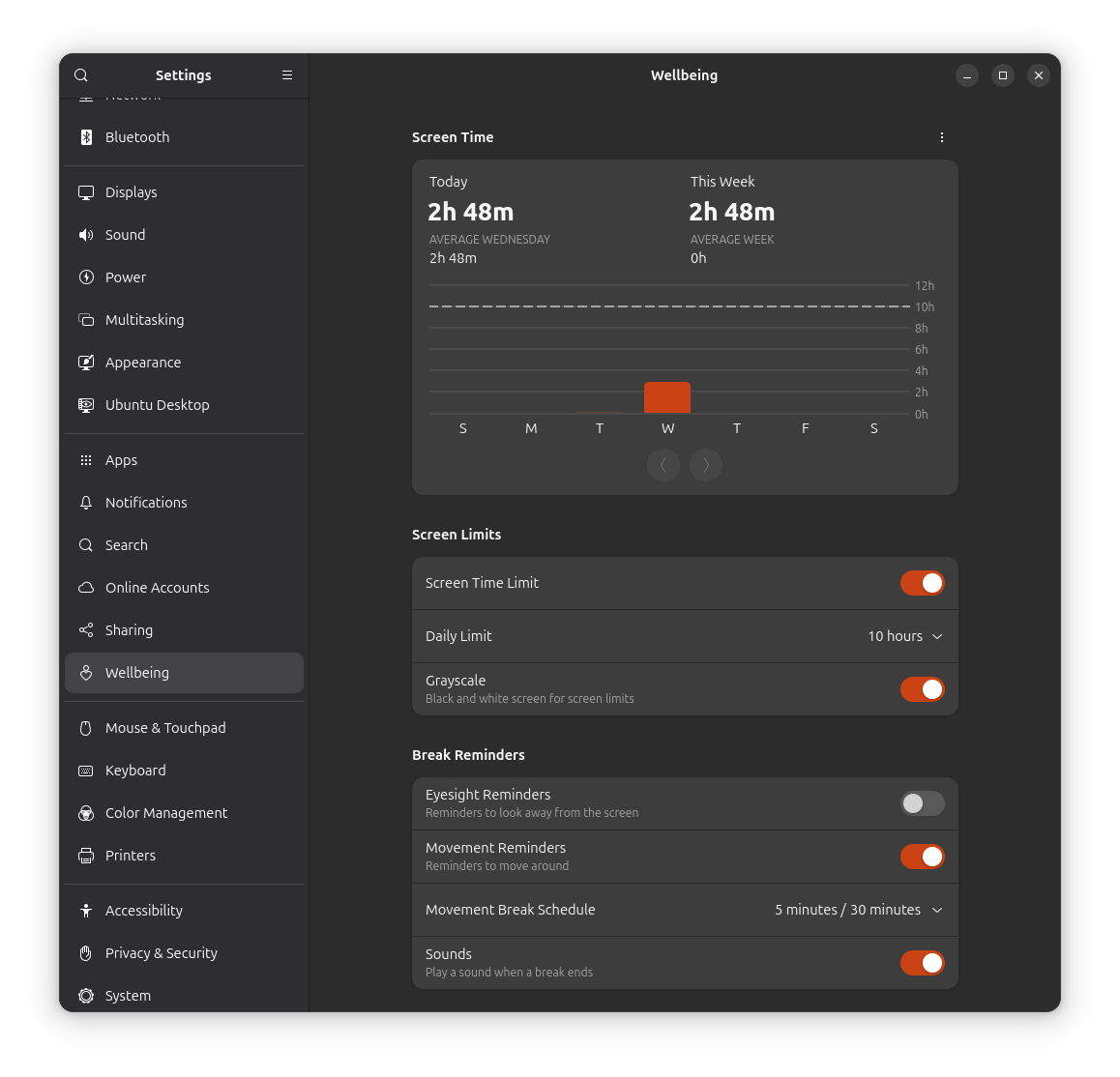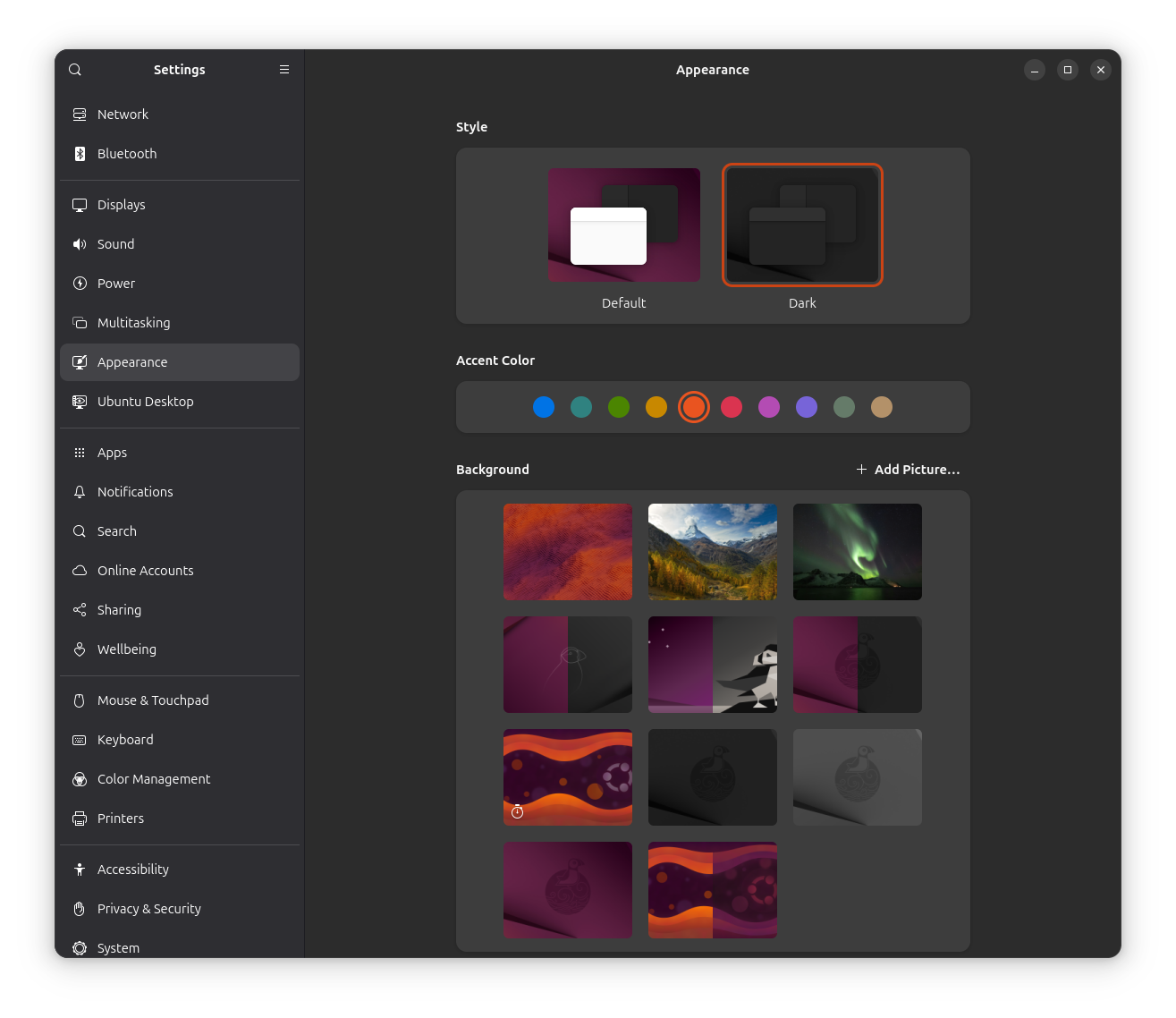
Known for its user-friendliness, Ubuntu is a Debian-based Linux distribution offered by Canonical that is a popular choice for both beginners and advanced users. What makes it so good is its neat user interface, regular updates, and strong security, making Ubuntu the preferred choice for people/organizations looking for a Linux-powered operating system.
Around this time last year, we were introduced to the Ubuntu 24.04 LTS release, which delivered many upgrades, backed by a long support period (5-10 years) to provide one of the most stable Ubuntu experiences currently on offer.
There was also an interim release in the following months, back in October 2024, but official support for that will end in July. Luckily, for users of such releases, a new interim release, Ubuntu 25.04, has been introduced.
Before we proceed, do note that we have already covered the features of Ubuntu 25.04. However, this particular article will give you a quick rundown of the new changes.

⭐ Ubuntu 25.04: What's New?
Code-named "Plucky Puffin" after a colorful seabird, Ubuntu 25.04 is powered by the recently released Linux kernel 6.14 as a non-LTS release with a support period of just 9 months, until January 2026.
It comes loaded with GNOME 48, which includes many improvements like notification grouping for reducing clutter, improved Flatpak handling, and on-screen notifications when headphones are connected.

In addition to all that, there is the new Wellbeing feature that can be used to set screen time limits, movement reminders, and eyesight reminders. If you ask me, this is a great step toward further improving the user experience.
Likewise, laptop users can now set a battery charge limit via Settings to prevent excessive wear on the battery. This is powered by UPower, which allows setting the charge start and end thresholds via D-Bus, applying the settings automatically at startup.

As is typically the case with new Ubuntu releases, there are new wallpapers that complement this release, with images from the mascot, digital/abstract, and photography categories being included.
These were selected via the customary wallpaper competition that ran a few months ago.
The theming also sees some changes, with notable visual improvements like new app icons, fixes for design inconsistencies, and better integration with GNOME's accent color system.
The applications and tooling also see upgrades with Binutils 2.44, Systemd 257.4, LibreOffice 25.2.2, Thunderbird 128.0, VLC 3.0.21 and GIMP 3.0 being included.
🛠️ Other Changes & Improvements
Moving on from the highlights, here are a few miscellaneous changes:
- Papers as the default document viewer app.
- NVIDIA Dynamic Boost is now enabled by default.
- Improved Opensc smart card handling on Firefox Snap.
- Better support for ARM hardware on the generic ARM64 ISO.
- New Ubuntu WSL image for Microsoft's new tar-based architecture.
The official release notes will give you a more detailed outlook of the changes.
📥 Download Ubuntu 25.04
You can find the desktop image for Ubuntu 25.04 on the official website and alternative images on the releases page.
If you are the user of a long-term support (LTS) release, then we suggest sticking to that for getting the most stable experience Ubuntu has to offer. Still, if you are eager to experiment or want to upgrade from the older Ubuntu 24.10 release, then you can refer to our Ubuntu upgrade guide.

- Even the biggest players in the Linux world don't care about desktop Linux users. We do.
- We don't put informational content behind paywall. Your support keeps it open for everyone. Think of it like 'pay it forward'.
- Don't like ads? With the Plus membership, you get an ad-free reading experience.
- When millions of AI-generated content is being published daily, you read and learn from real human Linux users.
- It costs just $2 a month, less than the cost of your favorite burger.
Become a Plus Member today and join over 300 people in supporting our work.












